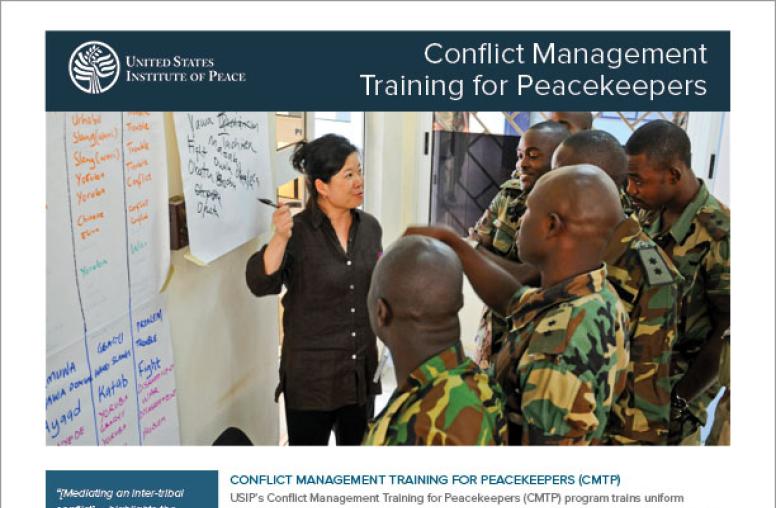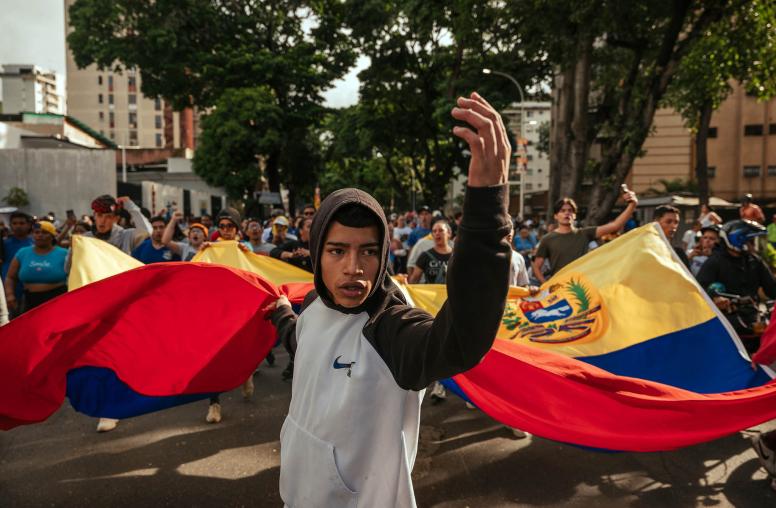Integrating Internal Displacement in Peace Processes and Agreements
Leading experts on mediation and the plight of internally displaced persons (IDPs) collaborated to produce this handbook, which gives mediators the tools they need to incorporate IDPs' concerns into peace processes and agreements. This handbook is part of the Peacemaker’s Toolkit series, published by the United States Institute of Peace.

Summary
Leading experts on mediation and the plight of internally displaced persons (IDPs) collaborated to produce this handbook, which gives mediators the tools they need to incorporate IDPs' concerns into peace processes and agreements. The authors highlight four critical steps:
- assess the causes, dynamics, and characteristics of internal displacement;
- create the framework for integrating internal displacement;
- engage internally displaced persons in peace processes; and
- integrate human rights and interests of IDPs in peace agreements.
Achieving such integration will not only safeguard the rights and interests of IDPs as stakeholders in a peace process but will also help mediators reach a negotiated and lasting settlement for all the parties involved in a conflict.
Print copies of this toolkit can be purchased from USIP's online bookstore.
About this Handbook
This handbook is part of the series the Peacemaker’s Toolkit, which is being published by the United States Institute of Peace. For twenty-five years, the United States Institute of Peace has supported the work of mediators through research, training programs, workshops, and publications designed to discover and disseminate the keys to effective mediation.
The Institute—mandated by the U.S. Congress to help prevent, manage, and resolve international conflict through nonviolent means—has conceived of The Peacemaker’s Toolkit as a way of combining its own accumulated expertise with that of other organizations active in the field of mediation. Most publications in the series are produced jointly by the Institute and a partner organization. All publications are carefully reviewed before publication by highly experienced mediators to ensure that the final product will be a useful and reliable resource for practitioners.


